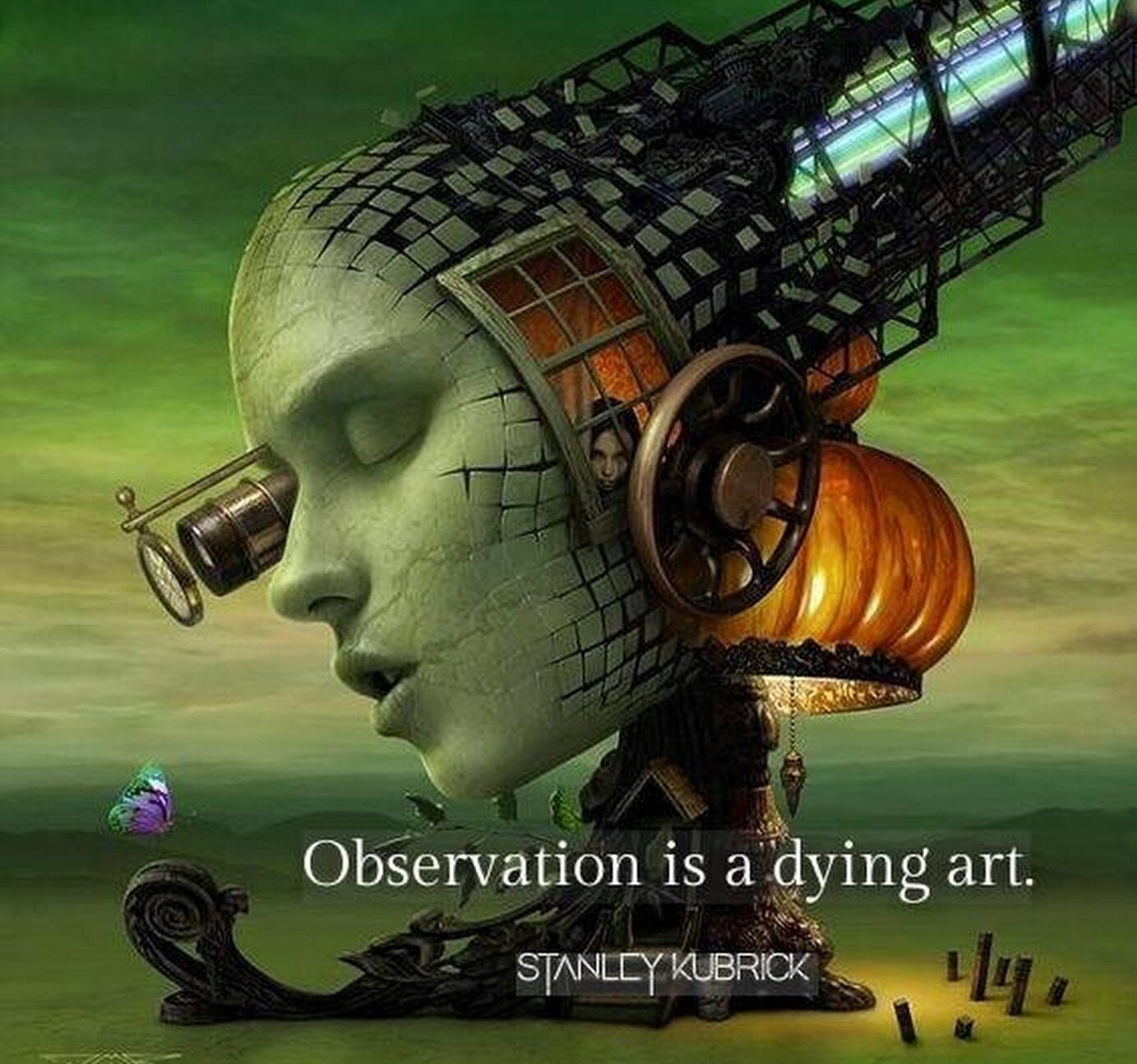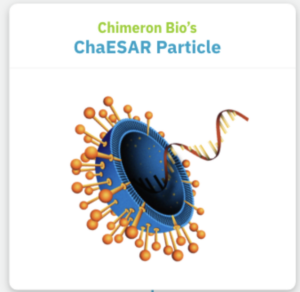Self Amplifying RNA
by Amelia Hoskins · Published · Updated
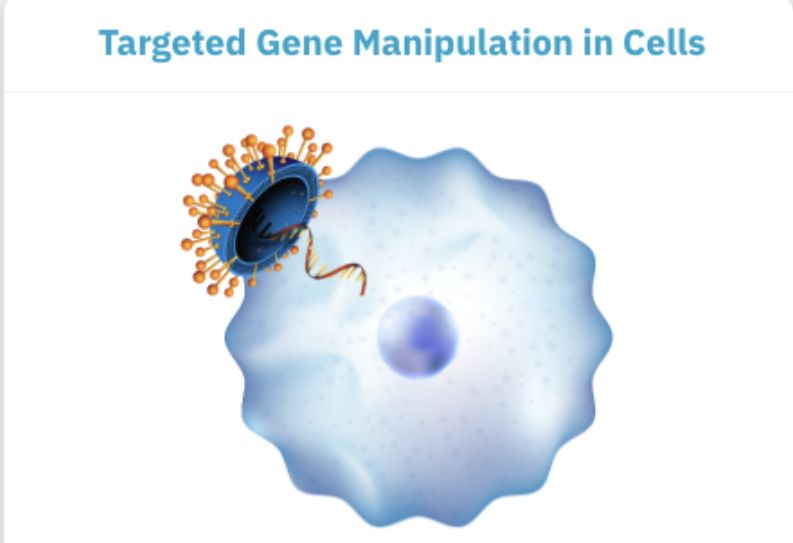
Information and links from Ryan Christian. 'Daily Wrap Up' (The Last AmericanVagabond) asks why more and more RNA therapies are being touted:
“Why in the world would we think that something which has failed so visibly and catastrophically would be the answer to every other problem going forward?…..because this has been planned”
Mid January 2023: reports are widening in the public sphere about heart attacks and myocarditis. Dr Aseem Malhotra (link) talked about vaccine damage on the BBC (under a BBC obfuscation tactic talk on statins). The CDC and FDA (in USA) find links between Pfizer BioNTech and strokes. Its all coming out... rats will jump the ship. So Ryan Christian is correct to wonder why RNA therapies are still being advertised for new treatments. His web links. and diagrams featured below show the ongoing advanced push for gene editing therapies, decades in development.
There is no stopping pharma's determined push for human gene modification. Given the catastrophic debacle [link graphs] with the latest SARS-Cov-2 treatment, this meddling in nature should be stopped as some are asking for. Just because it can be done, does not mean it should be, other than in potentially life saving individual circumstances; however profits are only made from world wide roll outs: Vaccine sales $18.4 billion and expect $5.billion in 2023. 'Moderna Provides an Update on mRNA Pipeline' .9.01.23. (unfound TLAV link)
‘Chimeron Bio has developed a novel nanoparticle technology called “ChaESAR” Chimera Encased Self Amplifying RNA (saRNA) - that harness the properties of self-amplifying RNA and synthetic genomics to engineer novel RNA drugs.'
'This unique particle lets us encase and protect the mRNA and deliver to various tissues’
‘Combining our first-in-class platform and the science of synthetic genomes to transform RNA therapy’.
‘Chimeron Bio is building a portfolio of self-amplifying RNA therapeutics and vaccines to bring more effective gene therapies and personalized medicines to patients’
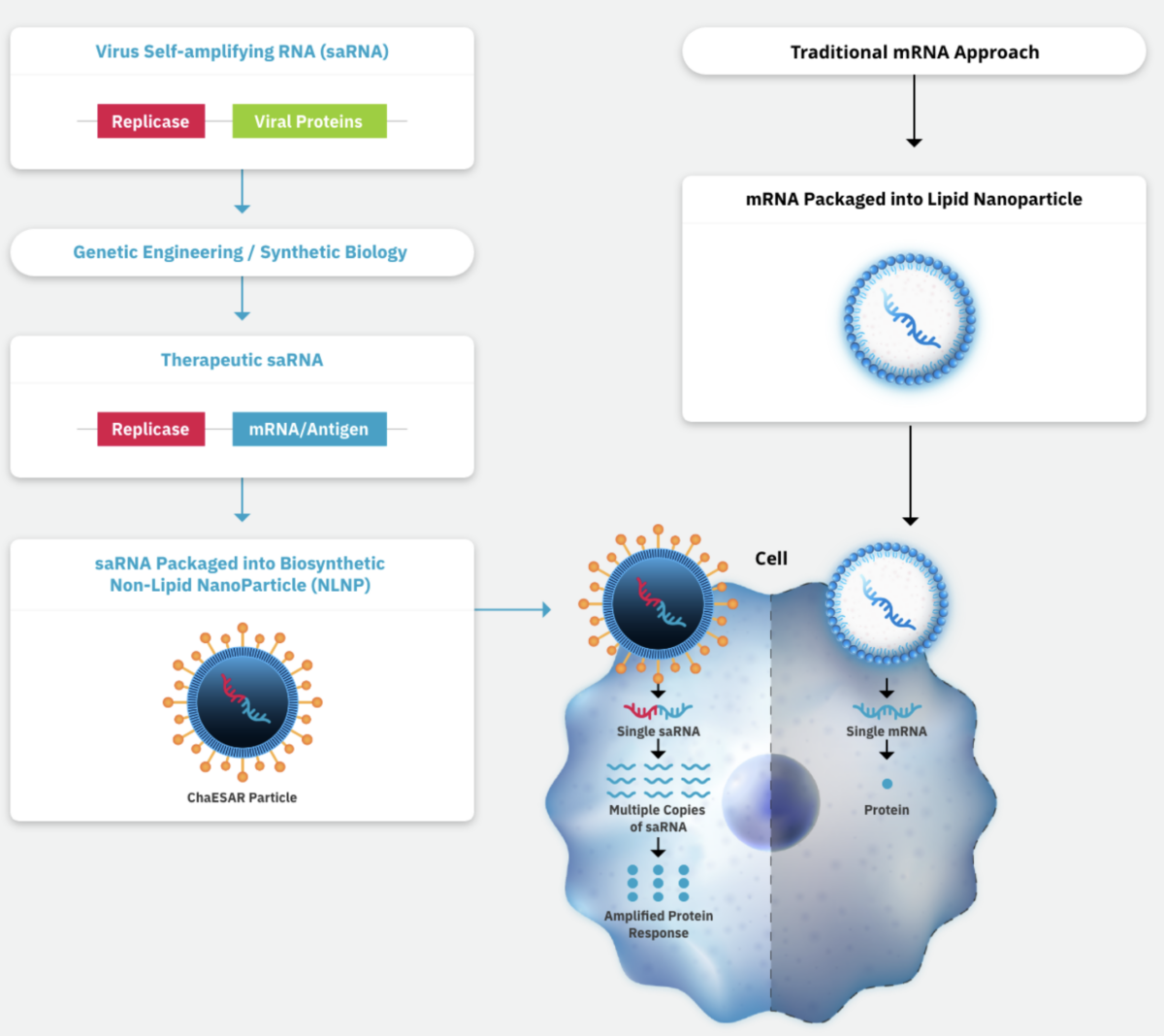
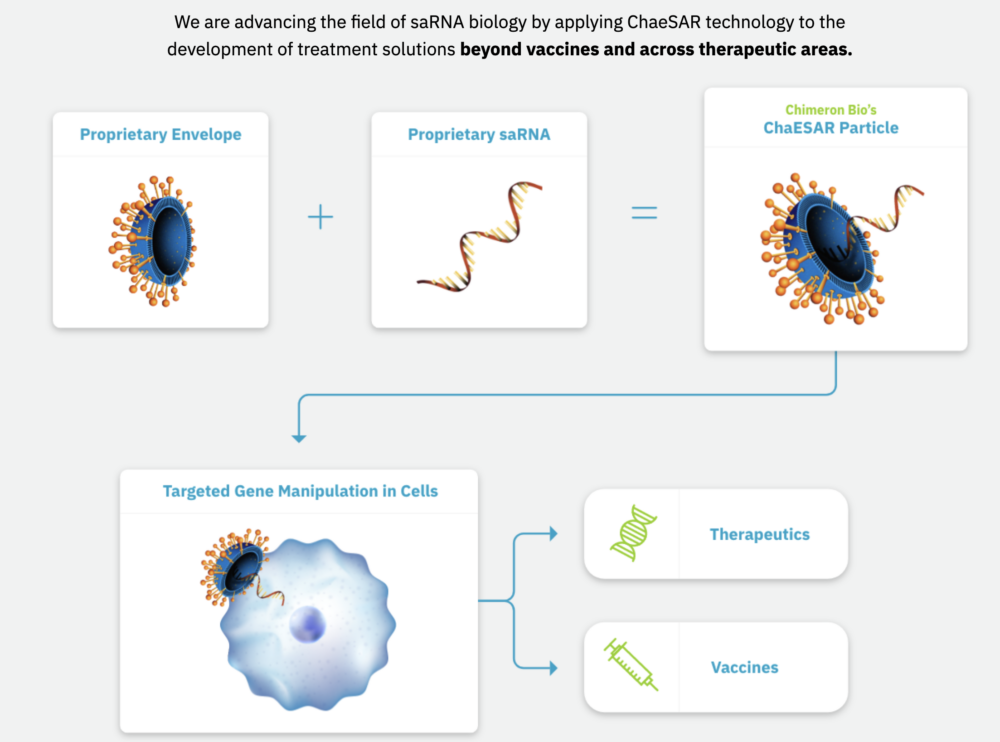
Images from Chimeron website

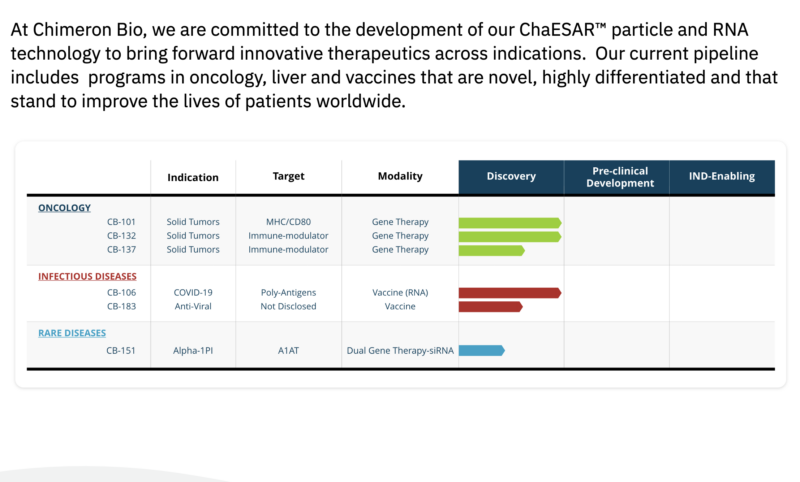
'RNA and nano carriers: next generation drug and delivery platform take centre stage. Cell.com Trends in Biotechnology Jan 4 2023’
'Ribonucleic acid (RNA) wears many hats, from encoding the construction of proteins in the form of mRNA, to protecting the genomic integrity of organisms through the recently discovered mechanism of guide RNA in CRISPR systems…..' [link]
'.....Fortunately, as the 2000s continued to unfold, interest in RNA delivery to cells became more interdisciplinary, pulling together everyone from molecular biologists to material scientists. Companies strived to package RNA into synthetic nanoscale carriers to mimic the natural way cells shuttle RNA from cell to cell using small extracellular vesicles.'
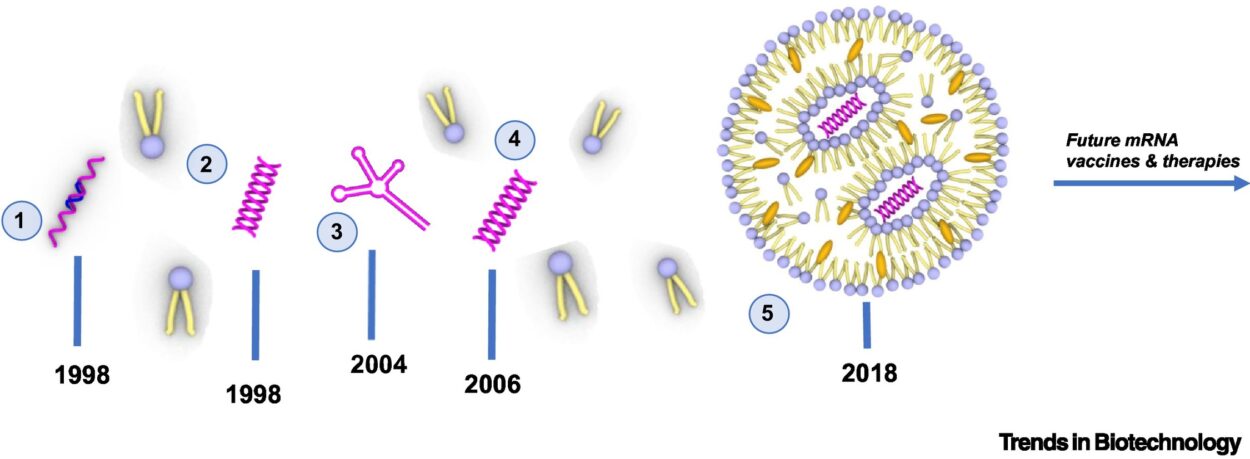
'(1) In 1998, fomivirsen was approved as the first RNA drug, a single-stranded antisense oligonucleotide that targeted mRNA to block translation of a protein in a HIV treatment, but it was quickly phased out. (2) Fire and Mello discover the concept of RNA interference (RNAi) for controlling gene expression. (3) Macugen, an RNA aptamer, is approved by the FDA for treatment of macular degeneration, but like fomivirsen is quickly replaced by more stable and effective protein therapeutics. (4) Fire and Mello receive the Nobel Prize in 2006 for their studies of RNAi, bringing much attention to this new, potentially therapeutic role of RNA. (5) In 2018 the US FDA approves Onpattro, Alnylam’s RNA lipid nanoparticle formulation for the treatment of a rare and deadly genetic disease, hereditary transthyretin-mediated amyloidosis. Its approval sets the stage for design considerations and approval pathways for future RNA therapeutics, including the coronavirus disease 2019 (COVID-19)' vaccine.
Its almost as if 'the science' came to fruition JUST IN TIME for Covid!
How this technology was used in (SARS-CoV-2) vaccinations…
'In 2018, the US FDA approved Alnylam’s formulation named Onpattro, a treatment for a rare liver disease, paving the way forward for RNA nanocarrier formulations as a drug. Although many within the field applauded the achievement, RNA delivered using nanocarriers was still slow to be recognized as a therapeutic. In 2020, as the world came to a halt in response to the new severe acute respiratory syndrome coronavirus 2 (SARS-CoV-2), the research achievements of the last several decades in the RNA world came into sharp focus. The sudden global urgency of the pandemic gave a more defined goal of moving another RNA, mRNA, to the clinic. Production of mRNA beyond the multi-kilogram scale had only been recently achieved and the need for large-scale clinical grade mRNA production was still uncommon. Companies such as Moderna had already been focusing on the challenges associated with scaling mRNA production to produce antivirals and vaccines for cancers. They rapidly pivoted to a new virus-focused vaccine. As would soon become a household term, the nanocarrier formulations of Moderna’s and Pfizer’s vaccines were capable of packaging the large size of mRNA (a typical mRNA is >1000 bases long, whereas siRNA is ~19–21 bases long) into a lipid nanoparticle at scale.’
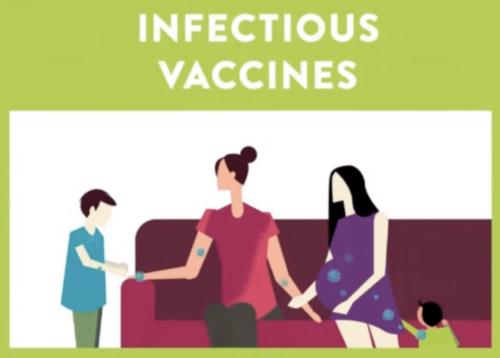
Via UK Column 13.01.23
Cartoon info-video appears to give credibility to specialist Dr Peter McCullough's saying mRNA transfers from vaxxed to unvaxxed.
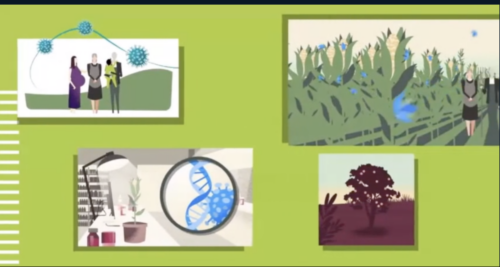
(Economist Jan 4th 2023 - BioNTechs-founder-on-the-future)
[check TLAV previous post on ‘Emergent’ with old CEOs from vaccine companies in new ‘Chimeron Bio’ venture capitalists and ]
[add link to separate post on lipid coatings - especially for pregnant women]
